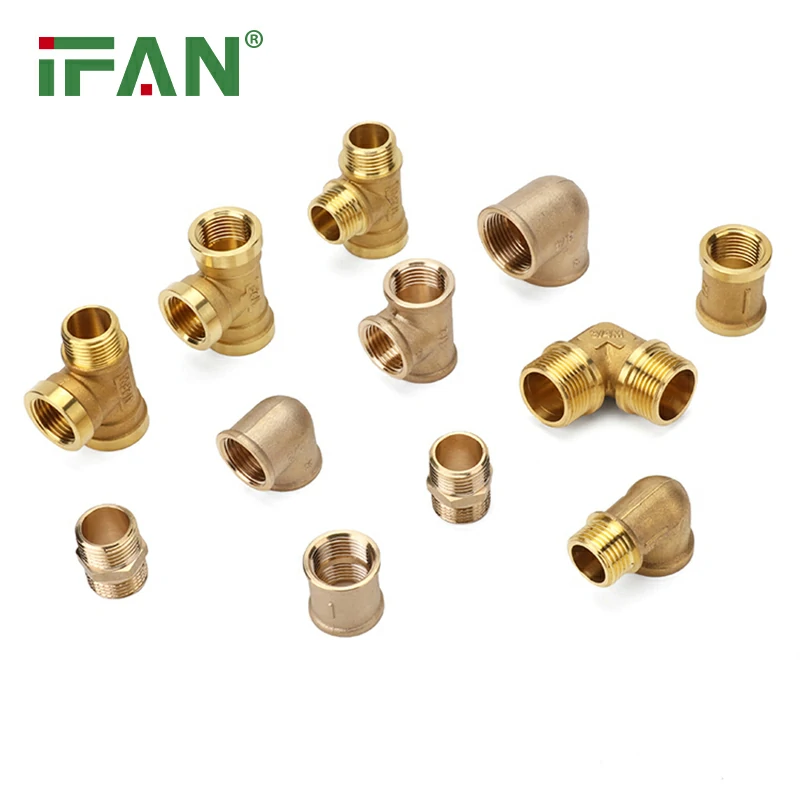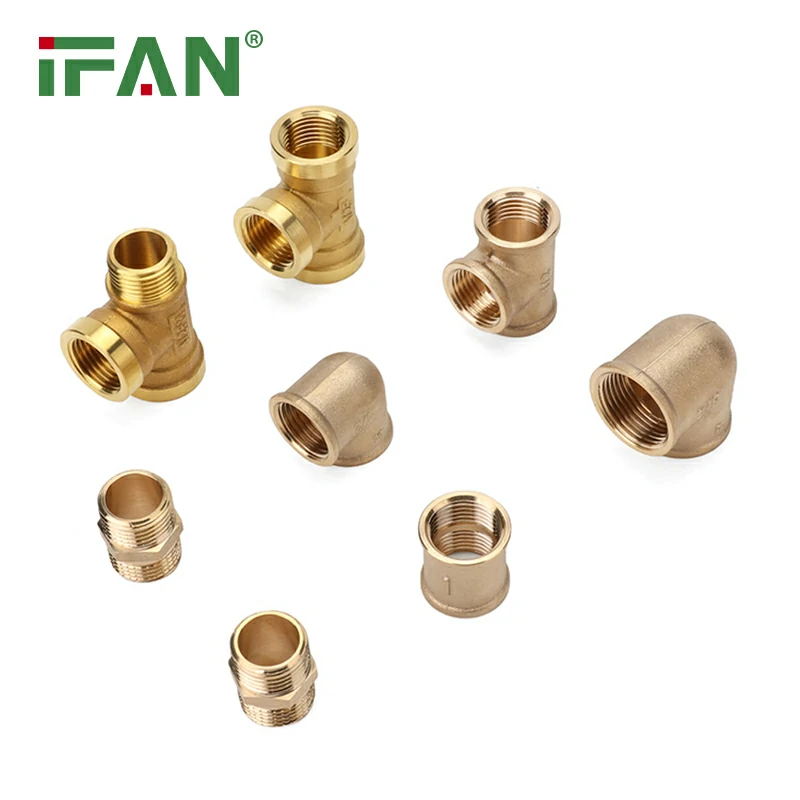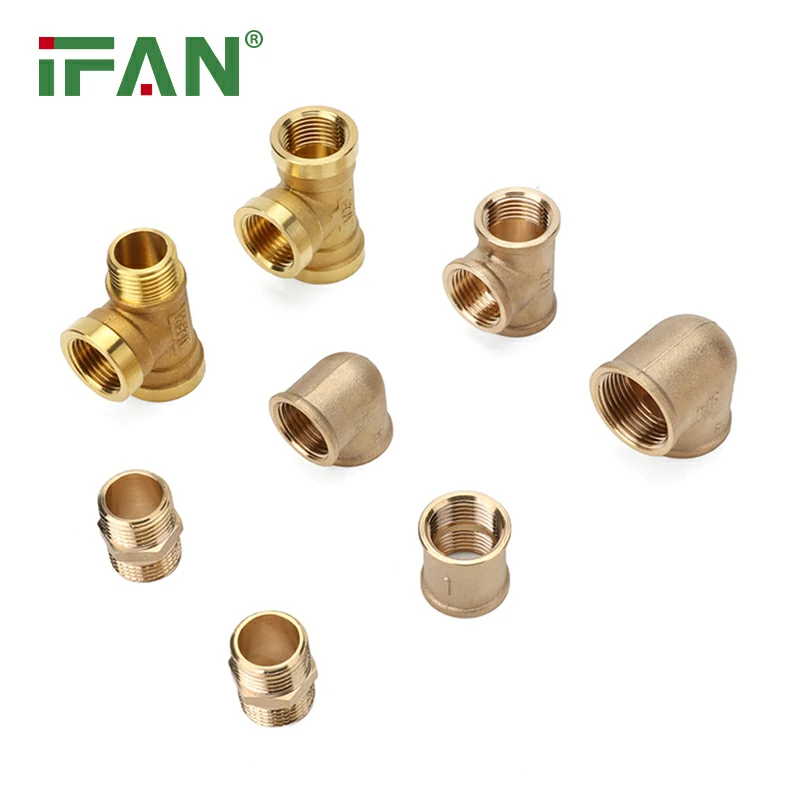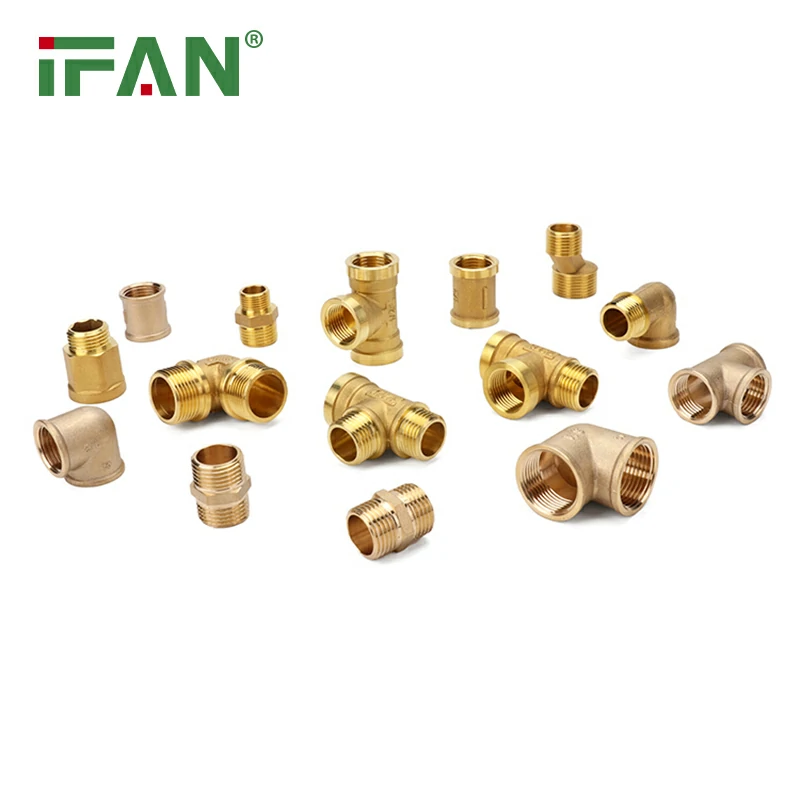Introduction
Proper insulation plays a crucial role in maintaining the efficiency and effectiveness of PPR (Polypropylene Random) elbows in cold climate regions. PPR elbows are widely used in plumbing systems to redirect or change the flow of water, and their insulation is essential in preventing heat loss and ensuring optimal performance. This article highlights the significance of proper insulation for PPR elbows in cold climate regions.
Heat Loss Prevention
In cold climate regions, the ambient temperature can drop significantly, resulting in the loss of heat from plumbing systems. PPR elbows, being an integral part of these systems, are prone to heat loss due to their exposure to the surrounding environment. However, with proper insulation, this heat loss can be minimized, ensuring that the water flowing through the PPR elbows remains at the desired temperature.
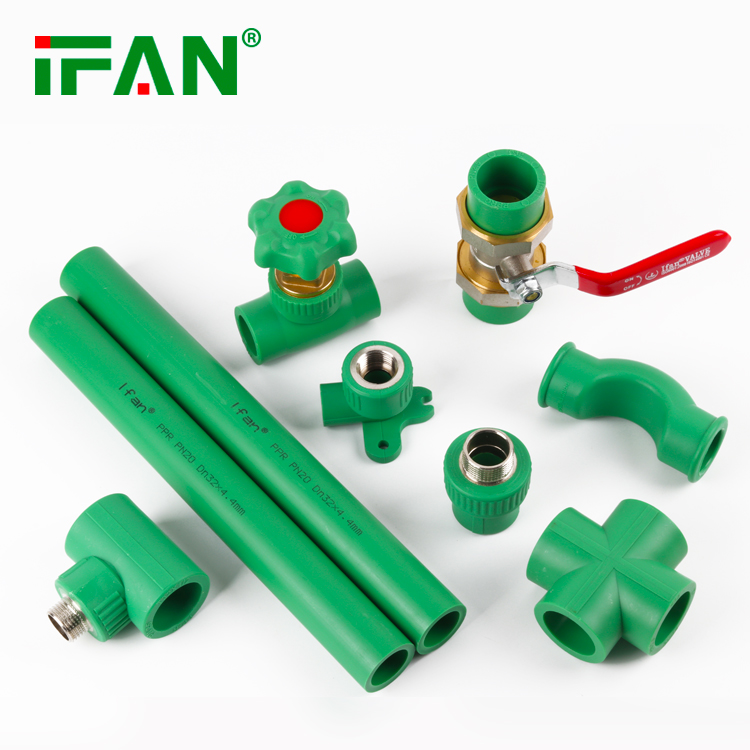
Energy Efficiency
Properly insulated PPR elbows contribute to enhanced energy efficiency in plumbing systems. When PPR elbows are not adequately insulated, the heat loss leads to increased energy consumption as the system compensates for the lost heat by using more energy to maintain the desired water temperature. By insulating PPR elbows in cold climate regions, energy efficiency is improved, resulting in reduced energy consumption and lower utility bills.
Prevention of Freezing
In cold climate regions, water freezing within plumbing systems is a common issue. PPR elbows, if not properly insulated, are susceptible to freezing, which can cause significant damage to the plumbing infrastructure. Proper insulation acts as a barrier, preventing the cold external temperatures from affecting the water inside the PPR elbows. This insulation helps maintain a stable temperature, ensuring that water flows freely without the risk of freezing and subsequent damage.
Protection Against Condensation
Another important aspect of proper insulation for PPR elbows in cold climate regions is protection against condensation. When warm water passes through uninsulated PPR elbows and comes into contact with cold surfaces, condensation can occur. This condensation can lead to moisture accumulation, which may result in corrosion and mold growth within the plumbing system. Proper insulation prevents condensation by maintaining a consistent temperature, thus protecting the PPR elbows and the overall plumbing infrastructure.
Longevity and Durability
Properly insulated PPR elbows have a longer lifespan and increased durability. Cold temperatures can cause contraction and expansion in materials, potentially leading to cracks or damage in PPR elbows. Insulation acts as a protective layer, minimizing the impact of temperature fluctuations on the elbows. By reducing stress on the material, proper insulation ensures the longevity and durability of PPR elbows in cold climate regions.
Conclusion
In cold climate regions, proper insulation for PPR elbows is of utmost importance. It prevents heat loss, enhances energy efficiency, prevents freezing and condensation, and ensures the longevity and durability of the elbows. By investing in proper insulation, plumbing systems in cold climate regions can operate optimally, minimizing energy consumption, reducing maintenance costs, and preserving the integrity of the infrastructure.
Energy Efficiency
Properly insulated PPR elbows contribute to enhanced energy efficiency in plumbing systems. When PPR elbows are not adequately insulated, the heat loss leads to increased energy consumption as the system compensates for the lost heat by using more energy to maintain the desired water temperature. By insulating PPR elbows in cold climate regions, energy efficiency is improved, resulting in reduced energy consumption and lower utility bills.
Prevention of Freezing
In cold climate regions, water freezing within plumbing systems is a common issue. PPR elbows, if not properly insulated, are susceptible to freezing, which can cause significant damage to the plumbing infrastructure. Proper insulation acts as a barrier, preventing the cold external temperatures from affecting the water inside the PPR elbows. This insulation helps maintain a stable temperature, ensuring that water flows freely without the risk of freezing and subsequent damage.
Protection Against Condensation
Another important aspect of proper insulation for PPR elbows in cold climate regions is protection against condensation. When warm water passes through uninsulated PPR elbows and comes into contact with cold surfaces, condensation can occur. This condensation can lead to moisture accumulation, which may result in corrosion and mold growth within the plumbing system. Proper insulation prevents condensation by maintaining a consistent temperature, thus protecting the PPR elbows and the overall plumbing infrastructure.
Longevity and Durability
Properly insulated PPR elbows have a longer lifespan and increased durability. Cold temperatures can cause contraction and expansion in materials, potentially leading to cracks or damage in PPR elbows. Insulation acts as a protective layer, minimizing the impact of temperature fluctuations on the elbows. By reducing stress on the material, proper insulation ensures the longevity and durability of PPR elbows in cold climate regions.
Conclusion
In cold climate regions, proper insulation for PPR elbows is of utmost importance. It prevents heat loss, enhances energy efficiency, prevents freezing and condensation, and ensures the longevity and durability of the elbows. By investing in proper insulation, plumbing systems in cold climate regions can operate optimally, minimizing energy consumption, reducing maintenance costs, and preserving the integrity of the infrastructure.

